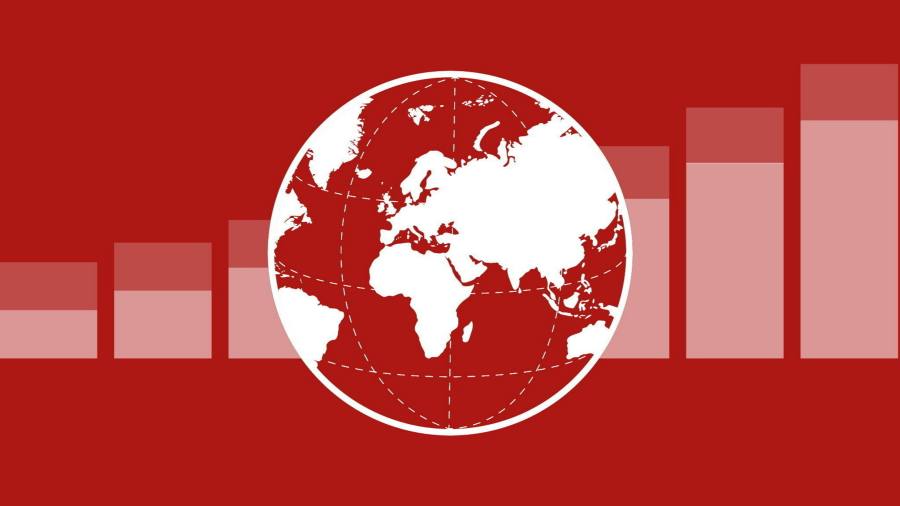US and European stocks climbed on Friday as investors weighed falling bond yields and the latest economic data pointing towards robust economic activity.
The blue-chip S&P 500 rose 0.8 per cent, while the tech-heavy Nasdaq jumped 1.2 per cent.
The European region-wide Stoxx 600 and France’s Cac 40 were up 0.8 per cent. The UK’s FTSE 100 was flat. Germany’s Dax gained 1.5 per cent, after the S&P Global composite purchasing managers’ index data for the eurozone’s largest economy was revised lower from 51.1 to 50.7.
The US ISM non-manufacturing purchasing managers’ index came in at 55.1, above expectations of 54.6 — a reading above 50 indicates an expansion in activity. The index offers a key insight into the state of the services sector amid persistent inflation.
“Historically people focus on manufacturing, but services is just as important as three-quarters of the US is employed in the service sector,” said Paul O’Connor, head of the Janus Henderson multi asset team.
Data from the US on Thursday showed jobless claims fell to 190,000 in the week ending February 25, fewer than the 195,000 predicted.
Investors say that a key data point will be next week’s payroll and unemployment figures.
“Although we’re expecting payrolls to not be as strong as last month — a more modest 200,000 — it will still be very strong and give us the best signal of supply and demand balances,” said Seema Shah, chief global strategist at Principal Asset Management. “We need to reassess and understand how much wage pressure has faded, and given that inflation expectations have increased we could see a very sticky picture over the next three to six months.”
Markets were also buoyed by comments from Atlanta Federal Reserve president Raphael Bostic, who said on Thursday he favoured a “slow and steady” approach to raising rates but was open to supporting higher increases if economic data continued to be strong.
US Treasury yields slipped after hitting their highest level in years on Thursday. Two-year notes, which are more sensitive to monetary policy, fell 0.01 percentage points to 4.9 per cent after hitting 4.94 per cent, their highest since 2007, on Thursday. Ten-year notes fell 0.06 percentage points to 4 per cent.
For much of February, investors were rattled by a series of stronger than forecast economic data points, which spurred fears that the key central banks will keep interest rates higher for longer to combat lingering inflation.
“Equity markets now look to be responding more to the brightening growth outlook, which means they are likely in a better place to absorb the prospect [further rate increases],” said analysts at Barclays.
Final European S&P composite purchasing managers‘ index data was revised down on Friday from 52.3 to 52. However, both readings still indicated an expansion in activity over the previous month.
“That adds to the sense that the data is improving and that the economic outlook in the eurozone has improved,” said Neil Shearing, group chief economist at Capital Economics. “But since it’s been revised down it will temper some optimism.”
Figures on Tuesday showed stronger than expected inflation data from France and Spain, two of the eurozone’s largest economies.
Yields on 10-year German government bonds fell 0.04 percentage points to 2.7 per cent.
The dollar index, which measures the greenback against six peer currencies, fell 0.1 per cent. The euro was flat, while sterling was up 0.3 per cent against the greenback.
Brent crude oil and WTI, the US equivalent, were both down 1 per cent — at $83.91 and $77.43 per barrel respectively.


























































![Mason Ramsey – Twang [Official Music Video] Mason Ramsey – Twang [Official Music Video]](https://i.ytimg.com/vi/xwe8F_AhLY0/maxresdefault.jpg)






















